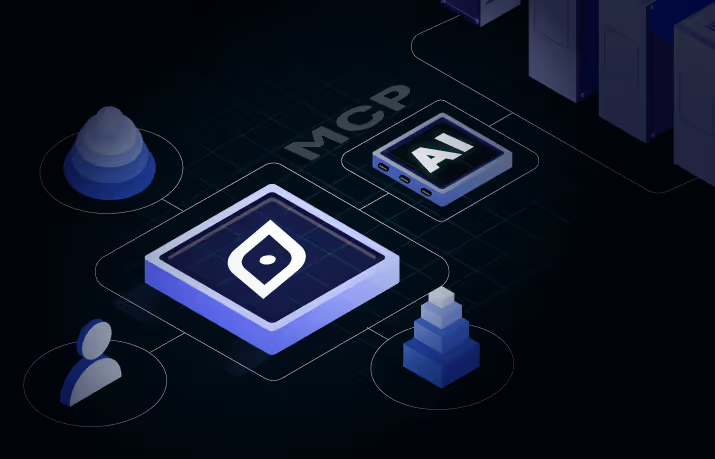Future-Ready Workforce: AI in Workforce Planning Strategy
In today’s rapidly evolving business environment, traditional talent acquisition—focused on prior job roles (workloads/experience)—has given way to a skills-based approach.
As enterprises face increasingly specialized skills requirements, they are turning to Skills-Based Workforce Planning strategy (SBWP) to ensure agility in talent acquisition.
The challenge of niche skills
There is a rise of mission-critical niche skills, driven by technological advancements, supporting fast-changing business scenarios and organizational initiatives. However, the rise of niche skills has created an imbalance in the demand-supply ratio of talent. Many organizations struggle to predict talent availability for key business initiatives—particularly in specific locations and timeframes without a robust workforce planning strategy.
Additionally, arriving at a cost modeling structure takes time and effort.
A staggering 93% of managers report difficulty finding the right talent, with 55% citing a lack of candidates with the required skills for the roles.
Enterprises can adopt skills-based workforce planning (SBWP) as part of a broader workforce planning strategy engaging candidates based on workloads and the relevant skills required for high-priority business initiatives, irrespective of their current or past roles or titles.
Understanding Skills-Based Workforce Planning Strategy
Skills-based workforce planning prioritizes skills over job titles, aligning talent acquisition with business objectives. This workforce planning strategy involves:
- Prioritizing high-priority business initiatives – Organizing high-priority projects by workload to understand resource needs is a key part of an effective workforce planning strategy. For example, an enterprise launching an e-commerce platform could be a critical business initiative requiring significant investment and resources.
- Breaking down workloads – Identifying the tasks required to drive initiatives and mapping the specific skills needed.
The workload to launch an e-commerce platform could be broken down into:- Website development (frontend and backend)
- Product catalog management
- Payment gateway integration
- Identifying the required skillsets – Matching both technical and interpersonal skills to each initiative.
The technical skillsets required for website development could include:- Frontend development (HTML, CSS, Angular, or Java)
- Backend development (Node.js, Python, or Ruby on Rails).
- Database management (MySQL, PostgreSQL)
- Optimizing talent acquisition – Aligning talent acquisition strategies, training (upskilling/reskilling) programs, and workforce planning strategy with enterprise account-level priorities business initiatives, workloads, and required skills.
Leveraging Multi-Dimensional Labor Market Data and AI for a Skills-Based Workforce Planning Strategy
Workforce planning teams need concrete, accurate, and reliable insight to drive and implement a skills-based workforce planning strategy.
Access to multi-dimensional data that cuts across profiles, skillsets, compensations, workloads, and peer strategies over multiple regions gives workforce planning teams the edge and helps shape a more effective workforce planning strategy.
For example, you are hiring for a ‘Senior Data Engineer’ role but find many profiles with the title ‘Senior Data Engineer’ in their profiles. However, they may not possess the specific technical skills you require, such as proficiency in Python, SQL, big data, cloud, or others.
Even if they do have the necessary skills, their current compensation might exceed your pay band, making it challenging to attract them to your position.
AI and multi-dimensional labor market data provide workforce planning teams with unprecedented access to over 850M profiles, offering insights into skills availability, career paths, and workloads critical inputs for shaping an effective workforce planning strategy.
With AI-powered talent intelligence platforms, organizations can:
- Analyze talent distribution, peer performance, cost modeling, and DEI metrics from various internal and external sources.
- Develop data-driven talent strategies that anticipate future skills needs by analyzing competitors, industry trends, and technological advancements.
- Create models that enhance resource allocation, ensuring that companies are not just hiring for current needs, but preparing for future demands.
AI-driven talent intelligence platforms transform talent sourcing by offering deeper insights into candidate capabilities, beyond what traditional resumes show.
These platforms can analyze career trajectories and adjacent skills, providing a holistic view of a candidate’s potential. Integrated into a broader workforce planning strategy, AI also predicts emerging skills, enabling companies to hire proactively for future needs.
Building a future-ready workforce with Draup’s Talent Intelligence
Adopting a skills-first approach is essential for building a future-ready workforce.
With AI-powered talent intelligence platforms like Draup, companies like Pepsico, Randstad, Vodafone, Paypal, and many others have successfully identified key skills pools to drive innovation and growth.
Contact Draup for a demo and see how AI can transform your talent acquisition.










.svg)
















.svg)





.svg)





.svg)
